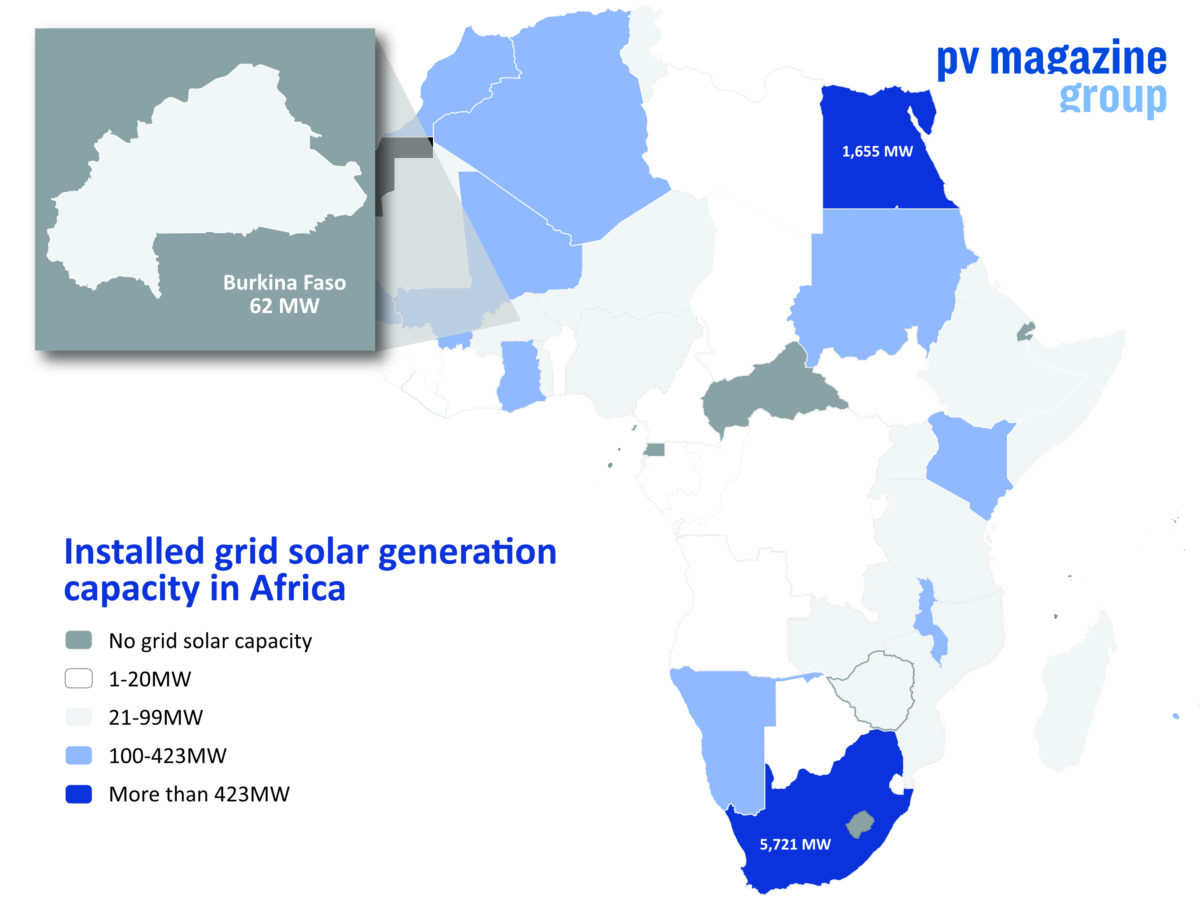Emirati clean power developer Amea Power has announced it has reached financial close on a 26.6 MW solar project for Burkina Faso.
The Zina project, in the village of that name in Mouhoun province, 185 kilometers from the capital Ouagadougou, is being financed by the International Finance Corporation private sector lender of the World Bank, in part with Canadian loans, plus the Emerging African Infrastructure Fund financed by the governments of the UK, the Netherlands, Switzerland and Sweden.
Power offtaker
Amea said the project has secured a 25-year power purchase agreement from Burkinabe national utility Société Nationale d'électricité du Burkina Faso but did not reveal any further details of the project economics.
Hussain AlNowais, chairman of the developer, quoted in a press release it issued this week, said: “We support Burkina Faso’s drive to turn to solar as a vital measure to boost the energy supply and to reduce the country’s reliance on the importation of fossil fuels for power generation. The country is looking to add more than 500 MW of capacity by 2025, and Amea Power is pleased to be part of the country’s journey to provide clean, affordable and reliable energy to the people of Burkina Faso.”
The developer said it commissioned 50 MW solar plants in Togo and Jordan in 2021 and is awaiting financial close on a gigawatt of solar and wind capacity in Egypt which would double the scale of clean energy projects it has from late-stage development onwards.
The International Renewable Energy Agency has estimated Burkina Faso had 62 MW of grid connected solar capacity at the end of 2021, with that figure having been unchanged for three years.
This content is protected by copyright and may not be reused. If you want to cooperate with us and would like to reuse some of our content, please contact: editors@pv-magazine.com.




By submitting this form you agree to pv magazine using your data for the purposes of publishing your comment.
Your personal data will only be disclosed or otherwise transmitted to third parties for the purposes of spam filtering or if this is necessary for technical maintenance of the website. Any other transfer to third parties will not take place unless this is justified on the basis of applicable data protection regulations or if pv magazine is legally obliged to do so.
You may revoke this consent at any time with effect for the future, in which case your personal data will be deleted immediately. Otherwise, your data will be deleted if pv magazine has processed your request or the purpose of data storage is fulfilled.
Further information on data privacy can be found in our Data Protection Policy.